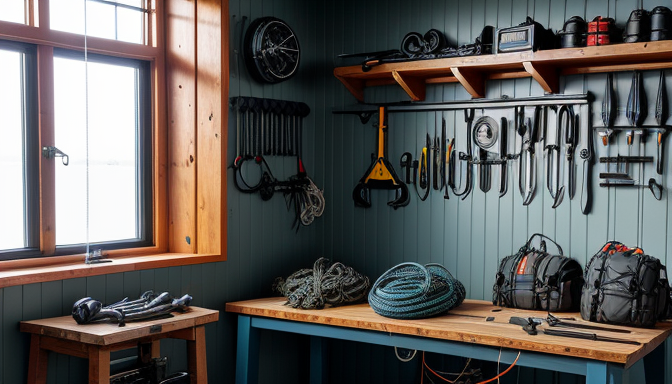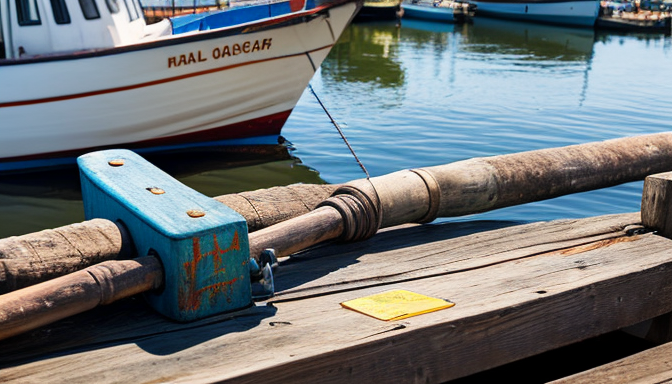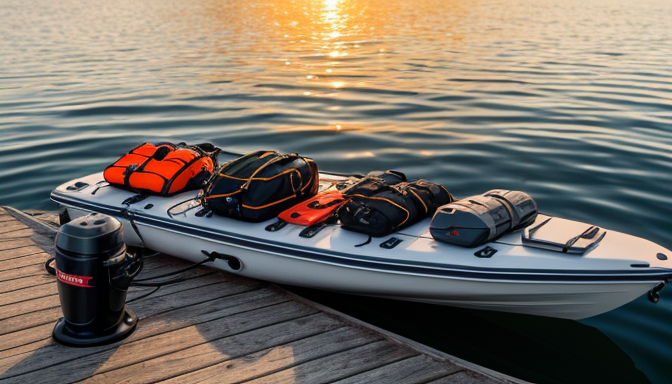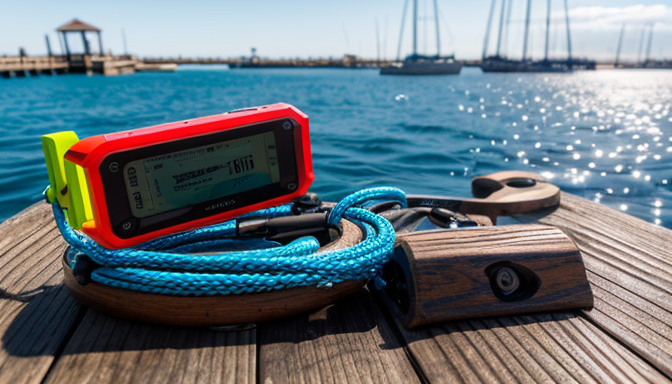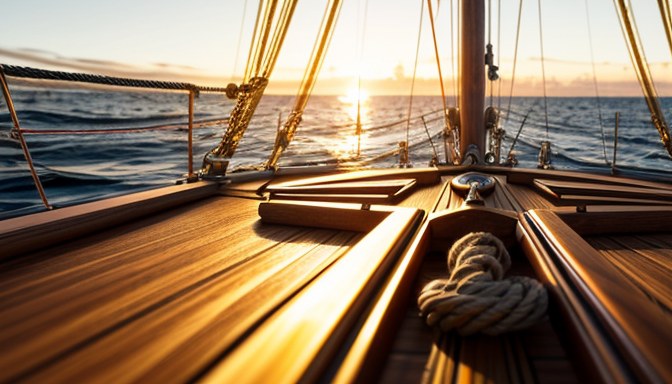Essential Marine Equipment: What Works and What Doesn’t
When it comes to marine adventures, having the right equipment can make all the difference between a smooth sail and a turbulent journey. Whether you’re a weekend warrior or a seasoned sailor, understanding what gear is essential is key. So, what works and what doesn’t? Let’s dive into the world of marine equipment and separate the must-haves from the nice-to-haves.
First off, let’s talk about marine electronics. These are not just fancy gadgets; they are your lifeline on the open water. From GPS systems that guide you through uncharted waters to fish finders that help you locate the best spots, these tools can significantly enhance your experience. However, not all electronics are created equal. It’s crucial to invest in reliable brands that have proven their worth over time. Remember, a faulty GPS can lead you astray, quite literally!
Next, we have essential tools and gear. Think life jackets, flares, and first aid kits. These items are non-negotiable. A life jacket is your best friend in an emergency, and flares can signal for help when you need it the most. But how do you know which brands to trust? Look for honest reviews and ratings from fellow mariners. It’s like asking a friend for advice before making a big purchase!
In summary, choosing the right marine equipment is about more than just functionality; it’s about safety and confidence on the water. So, gear up wisely, and let the waves be your guide!
Evaluating Safety Gear
When it comes to enjoying the vastness of the ocean, safety gear is your best friend. Imagine setting sail without a life jacket; it’s like driving without a seatbelt—just plain reckless! Life jackets, for instance, are not just a recommendation; they are a necessity. They come in various types, designed for different activities, and each serves a critical purpose. Whether you’re fishing, sailing, or just cruising, having the right life jacket can make all the difference in an emergency.
But life jackets are just the tip of the iceberg. Let’s not forget about flares, another essential piece of equipment. These little devices can be the beacon of hope when you find yourself in distress. They signal for help and can alert nearby vessels to your situation. Without them, you might as well be shouting into the void. It’s vital to check their expiration dates regularly—old flares are as useful as a chocolate teapot!
To give you a clearer picture of essential safety gear, here’s a quick overview:
| Safety Gear | Purpose | Importance |
|---|---|---|
| Life Jackets | Keep you afloat | Critical for survival |
| Flares | Signal for help | Essential in emergencies |
| First Aid Kit | Treat injuries | Must-have for any trip |
In conclusion, investing in quality safety gear is not just smart; it’s essential for anyone venturing out on the water. So, before you embark on your next maritime adventure, take a moment to evaluate your safety equipment. Remember, it’s better to be safe than sorry!

Navigation Tools: A Critical Overview
When it comes to navigating the vast and often unpredictable waters, having reliable navigation tools is not just a luxury—it’s a necessity. Imagine setting sail without a map; it’s a recipe for disaster! Whether you’re a seasoned sailor or a weekend warrior, the right gear can make all the difference. From high-tech GPS systems that can pinpoint your location within inches to traditional compasses that have guided sailors for centuries, the options are plentiful. But which ones truly deliver?
Let’s break it down. Modern GPS devices are incredibly user-friendly, often featuring touchscreens and customizable interfaces. They can provide real-time weather updates and even suggest the best routes to avoid storms. However, they do come with a caveat: reliance on electronic systems can be risky if your battery dies or you lose signal. In contrast, a classic compass doesn’t need charging and works in any weather, making it a trusty backup for any maritime adventure.
Additionally, many sailors find that combining tools enhances their navigation experience. For instance, using a GPS alongside a compass can offer peace of mind, ensuring that you’re never lost at sea. It’s like having a safety net while walking a tightrope! To help you make informed choices, here’s a quick comparison of popular navigation tools:
| Tool | Advantages | Disadvantages |
|---|---|---|
| GPS Device | Accurate, real-time data | Battery dependency |
| Compass | No power needed, reliable | Requires skill to use |
| Chart Plotter | Visual route planning | Can be complex for beginners |
In conclusion, your choice of navigation tools should reflect your sailing style and the conditions you expect to encounter. Remember, a well-equipped sailor is a safe sailor!
Frequently Asked Questions
- What safety gear is essential for marine activities?
When heading out on the water, life jackets, flares, and first aid kits are must-haves. These items are your first line of defense, ensuring you stay safe and prepared for any unexpected situations.
- How reliable are GPS systems for navigation?
GPS systems are generally very reliable, but they can be affected by weather conditions and signal loss. It’s wise to always have a backup navigation method, like a compass, just in case your technology fails.
- Are traditional compasses still useful?
Absolutely! While GPS is great, a traditional compass never runs out of battery and can be a lifesaver in emergencies. Think of it as your trusty old friend that always knows the way!
- How do I choose the right life jacket?
When selecting a life jacket, consider factors like size, buoyancy, and comfort. It should fit snugly and allow for easy movement, so you can focus on enjoying your adventure!
